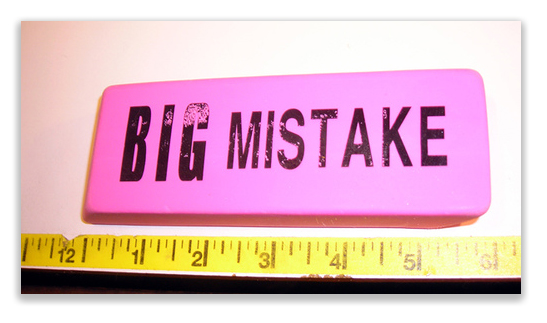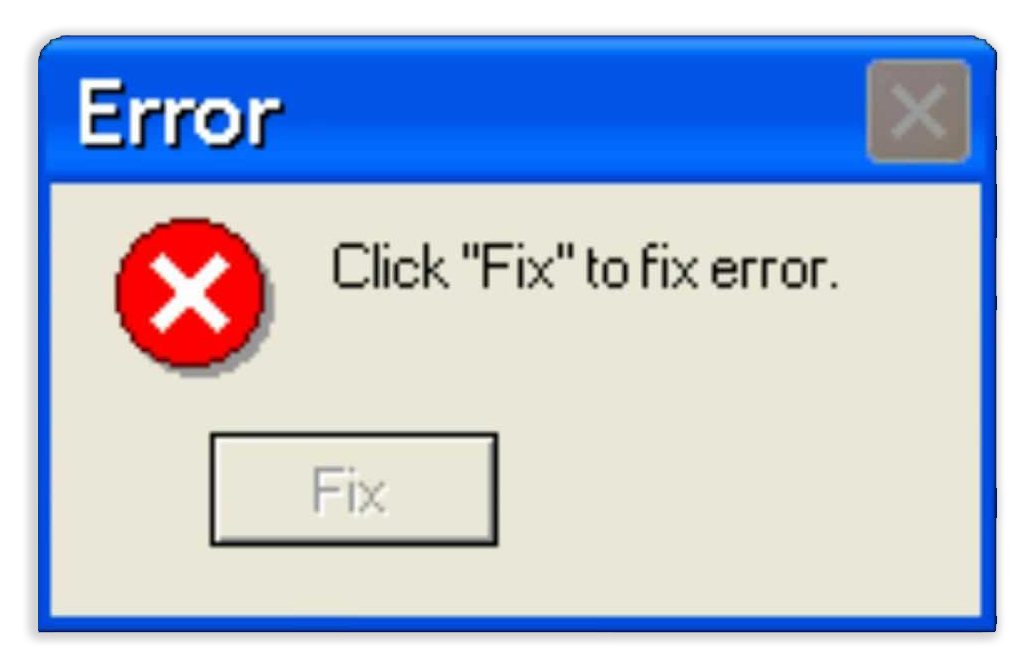We post news and comment on federal criminal justice issues, focused primarily on trial and post-conviction matters, legislative initiatives, and sentencing issues.
 7TH CIRCUIT SAYS TWO WRONGS SOMETIME DO MAKE A RIGHT
7TH CIRCUIT SAYS TWO WRONGS SOMETIME DO MAKE A RIGHT
 Dave McClain ran into some trouble after the BOP released him from a drug trafficking sentence in 2012. He violated the terms of his supervised release by picking up a new drug charge, not to mention a state charge for fleeing an accident in which someone died. The state tried him first, sentencing him to 20 years. The federal court then sentenced him to 120 months for the new drug charge and 24 months for the supervised release violation. The court let 24 months of the 120-month sentence run concurrent with his state fleeing-the-scene sentence, but everything else was consecutive.
Dave McClain ran into some trouble after the BOP released him from a drug trafficking sentence in 2012. He violated the terms of his supervised release by picking up a new drug charge, not to mention a state charge for fleeing an accident in which someone died. The state tried him first, sentencing him to 20 years. The federal court then sentenced him to 120 months for the new drug charge and 24 months for the supervised release violation. The court let 24 months of the 120-month sentence run concurrent with his state fleeing-the-scene sentence, but everything else was consecutive.
I don’t know what 20 years equated to in Illinois, but apparently not much. After his state bit was done, Dave went to federal prison for the balance of his sentence. That sentence changed several times. In 2013, a Supreme Court decision resulted in a sentence cut from 144 to 90 months – 72 months for the drugs and 18 months for the supervised release violation. The court’s ruling that 24 months of his federal time be concurrent with the state sentence he’d just completed stayed in place, leaving Dave with 66 months of federal time to do after he got out of state prison.
 The 2013 resentencing was where the first mistake was made. The written judgment didn’t match what the judge said at sentencing. Instead, the written judgment said that 24 months of the drug sentence – as well as the entire 18-month supervised release sentence – would run concurrent to the state sentence. That gave Dave only 48 months of federal time after he got out of state prison, rather than extra the 66 months the judge intended him to serve.
The 2013 resentencing was where the first mistake was made. The written judgment didn’t match what the judge said at sentencing. Instead, the written judgment said that 24 months of the drug sentence – as well as the entire 18-month supervised release sentence – would run concurrent to the state sentence. That gave Dave only 48 months of federal time after he got out of state prison, rather than extra the 66 months the judge intended him to serve.
In 2016, Dave got resentenced again, taking advantage of the Sentencing Commission’s change in the drug guidelines to reduce all categories by two levels. That cut his overall sentence to 70 months, with 24 months running concurrent and 48 months running consecutive to the state sentence. The 2016 judgment repeated the 2013 mistake, making the supervised release violation concurrent to state time. If that wasn’t enough, the math was wrong: 24 and 48 add up to 72 months, not the 70-month total stated in the judgment.
It took the parties five years to catch the error. In February 2021, Dave and the Government jointly proposed a revised sentence. The agreed-upon judgment imposed 70 months in prison, correcting the mathematical errors. The correction didn’t fix the error making Dave’s supervised release violation concurrent to state time.
 The Federal Bureau of Prisons sent to Dave home confinement in April 2021 for the final two months of his sentence. But that was about when some eagle-eyed prosecutor finally figured out that the district court’s written judgment gave Dave 18 months more concurrent time than the court had imposed at sentencing. The government filed a motion under Federal Rule of Criminal Procedure 36 to make that time consecutive, essentially telling Dave that he had to go back to prison for another 18 months.
The Federal Bureau of Prisons sent to Dave home confinement in April 2021 for the final two months of his sentence. But that was about when some eagle-eyed prosecutor finally figured out that the district court’s written judgment gave Dave 18 months more concurrent time than the court had imposed at sentencing. The government filed a motion under Federal Rule of Criminal Procedure 36 to make that time consecutive, essentially telling Dave that he had to go back to prison for another 18 months.
Rule 36 lets a district court correct clerical errors in a judgment at any time. The government cited the discrepancy between the oral and written sentences, and argued that the written sentence should be corrected so that Dave did 64 months – not 48 months – after his state sentence was over. The district court granted the Rule 36 motion over Dave’s objection, holding it had authority do so because clerical errors had caused the written sentence to differ from the sentence imposed at the sentencing hearing. Dave went back to prison.
Dave appealed. Last week, the 7th Circuit held that Dave was done and sent him home.
The Circuit admitted that an inconsistency between an oral pronouncement and the written sentence is a clerical error within the scope of Rule 36, and “Rule 36 allows for correction of such a clerical error at any time.” But Rule 36, the 7th said, did not apply here.
The government argued that if the sentences as of February 2021 were left to stand, Dave would be released after serving only 48 months of imprisonment consecutive to his state sentence, rather than the orally pronounced sentence of 64 months. The appeals court replied, “That point has some truth, but it does not necessarily make either sentence ripe for correction under Rule 36… The uncontroversial proposition that an oral pronouncement controls when the corresponding written judgment differs is not useful here, when (1) multiple changes to the sentence were made without further oral pronouncements, and (2) the written judgment under attack does not correspond to the only oral pronouncement. The government fails to explain why the 2013 oral pronouncement remains the reference point even though it was later modified twice—once with the government’s agreement and once with no objection.”
The Circuit said the problem was that the Rule 36 grant did not do what it purported to do, that is, to conform the 2013 written sentence to the oral pronouncement that Dave serve 66 months total of federal time after the state sentence. Instead, in granting the Rule 36 motion, “the district court imposed the 66 months from 2013 and subtracted the 2 months from the 2016 guidelines-based reduction.” The 7th observed that “[t]he district court treated this as an unremarkable simplification, but to get there, it had to simultaneously discard and incorporate the 2016 and February 2021 modifications. It treated the oral 2013 sentence as the one true sentence, but it still incorporated adjustments that came years later.” Rule 36 does not go that far.
The government pointed out that the 2016 and 2021 reductions resulted in a sentence below Dave’s retroactively amended guideline range, something the district court did not have the authority to impose. But the Circuit said ‘tough’: “If an order accurately reflects the judge’s decision,” it cannot be corrected by a Rule 36 motion, “even if the sentence was erroneous.”
Here, the February 2021 written sentence – meant to correct the 2016 sentence – reflects not only the judge’s decision but the joint proposal of the parties. Even if the district court lacked the authority to enter that sentence, it was not corrected within 14 days under Rule 35(a), so it was still enforceable.
United States v. McClain, Case No 21-2089, 2021 U.S.App. LEXIS 31162 (7th Cir., October 18, 2021)
– Thomas L. Root






